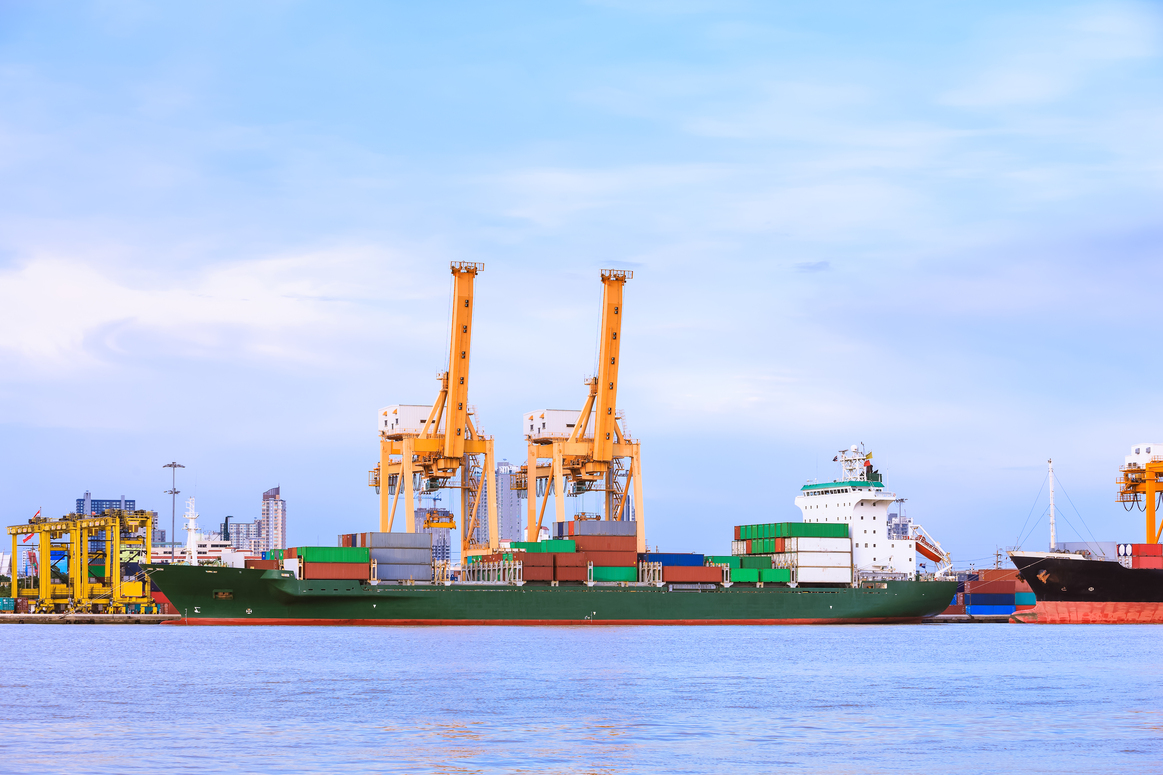A surrender bill of lading or sea freight bill is a document issued by exporters that allows importers to legally own the items the exporter shipped. When importers pay for a shipment, the exporters surrender their ownership rights to the items so they cannot claim title or power over them, this tends to be a cleaner method of transferring ownership than some other bills of lading documents provide.
These documents are typically paired with a documentary collection, although even if this is not used, the entity charged with holding the bill of lading should not surrender it until the importer pays.
The Risks and Challenges
The Risks and Challenges, The surrender bill of lading can present a problem for exporters, because importers who have it can go into a port and take the shipped items, even if they have not yet paid for them, and the port may charge extra for this type of sea freight bill. With some bills of lading documents, exporters still hold some ownership over the items, the price can be negotiated or a lien can be placed on importers based on previous exchanges.
Ensuring Security
Ensuring Payment, When a surrender bill of lading is used, exporters cannot claim any rights or power over the items after importers pay. As long as importers do not pay, then the bill of lading should remain in the exporters’ hands so the exporters continue to legally own the items.
The Role of Banks
The Role of Banks, the document is typically paired with a documentary collection payment method. Exporters use their local bank to forward payment terms and documents to a bank near the importers. When importers pay, they receive the bill of lading. Both banks act impartially, which makes the transaction safer for importers and exporters, and the transaction is more convenient because each party can just visit a local bank.
Leverage and Legal
Leverage and Legal, Regardless of what payment method is used, the surrender bill of lading should not be given to importers until they pay for the merchandise. If a freight forwarder or another entity gives away the bill without receiving payment, then that entity may encounter legal problems from the exporters. It also means that importers do not have to pay for items if they are not happy with the shipment or price.
Relationship Dependency
Relationship Dependency, Aside from importers not paying, there are several other problems that can occur when using this type of document. Ports typically have to process the paperwork, so they tend to charge a fee. If importers are malicious and avoid port workers, then they can take items from the port without paying exporters anything. Payment also can drag out, so exporters may not collect their money until months or years in the future, if at all.
This bill is typically only used if exporters have an extensive, trustworthy relationship with importers.

What Is a Surrender Bill of Lading? Is it different from Sea Waybill?
The differences between a sea freight bill (Bill of Lading) and a sea waybill are as follows:
Surrender Bill of Lading
A Bill of Lading (B/L) where the shipper relinquishes all rights to the cargo at the origin port. This allows for faster release of goods to the consignee at the destination.
How it works
- The shipper surrenders the original B/L to the shipping line at the port of origin.
- The shipping line notifies their agent at the destination port.
- The consignee can then claim the cargo with proof of identity, without needing the original B/L.
Sea WaybillSea Waybil,
A non-negotiable document that serves as a receipt for cargo and freight forwarder contract, but does not represent ownership of the goods.
How it works
Issued to the consignee, confirming receipt of goods. Cargo is released to the named consignee upon arrival, with no need to present a physical document.

When to Use Which Surrender B/L and Sea Waybill
- Surrender B/L : When speed is important but some level of security is still desired. For trusted parties where physical document transfer is inconvenient.
- Sea Waybill : When speed is the top priority. For shipments between related companies or trusted partners. When there is no need to use the B/L for financing or transfer of ownership.
Important Notes
- Surrender Fees : Shipping lines may charge a fee for issuing a Surrender B/L.
- Risk : Both options carry some risk for the shipper, as they reduce control over the goods compared to a traditional B/L.
- Regulations : Sea way bills have more legal backing due to established rules, while Surrender B/Ls operate outside of such frameworks.
